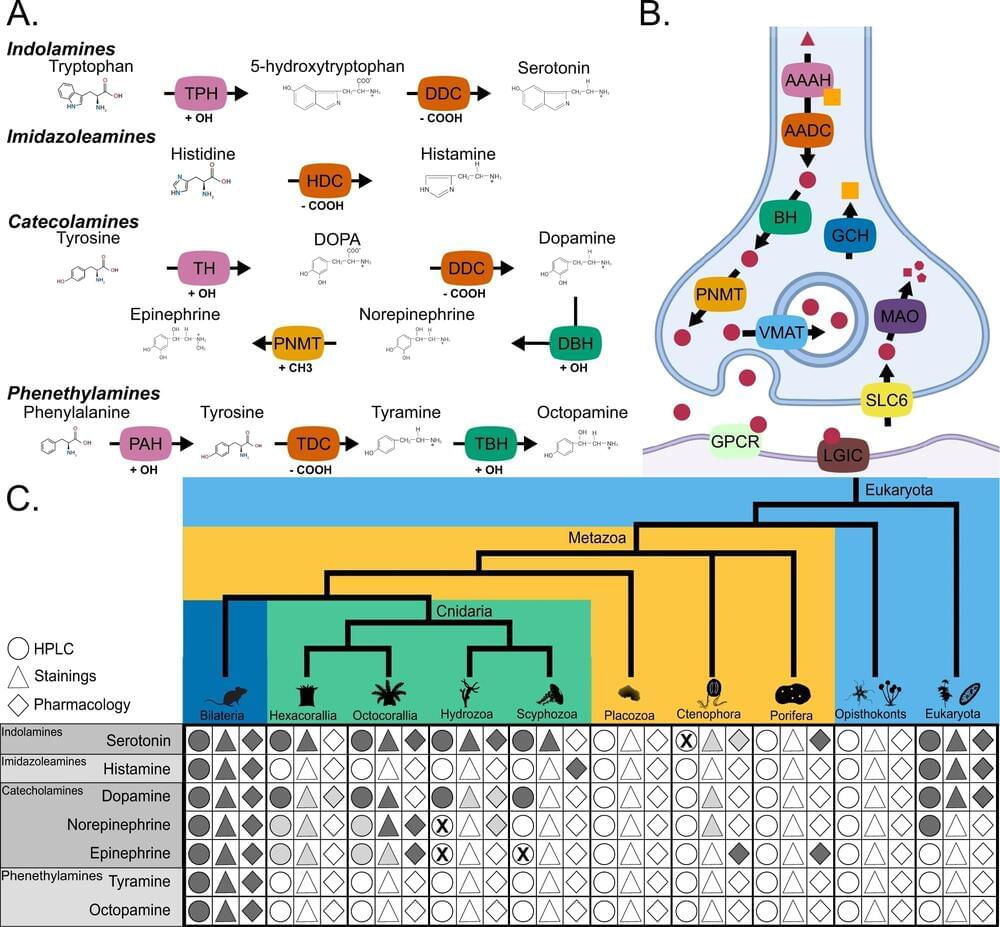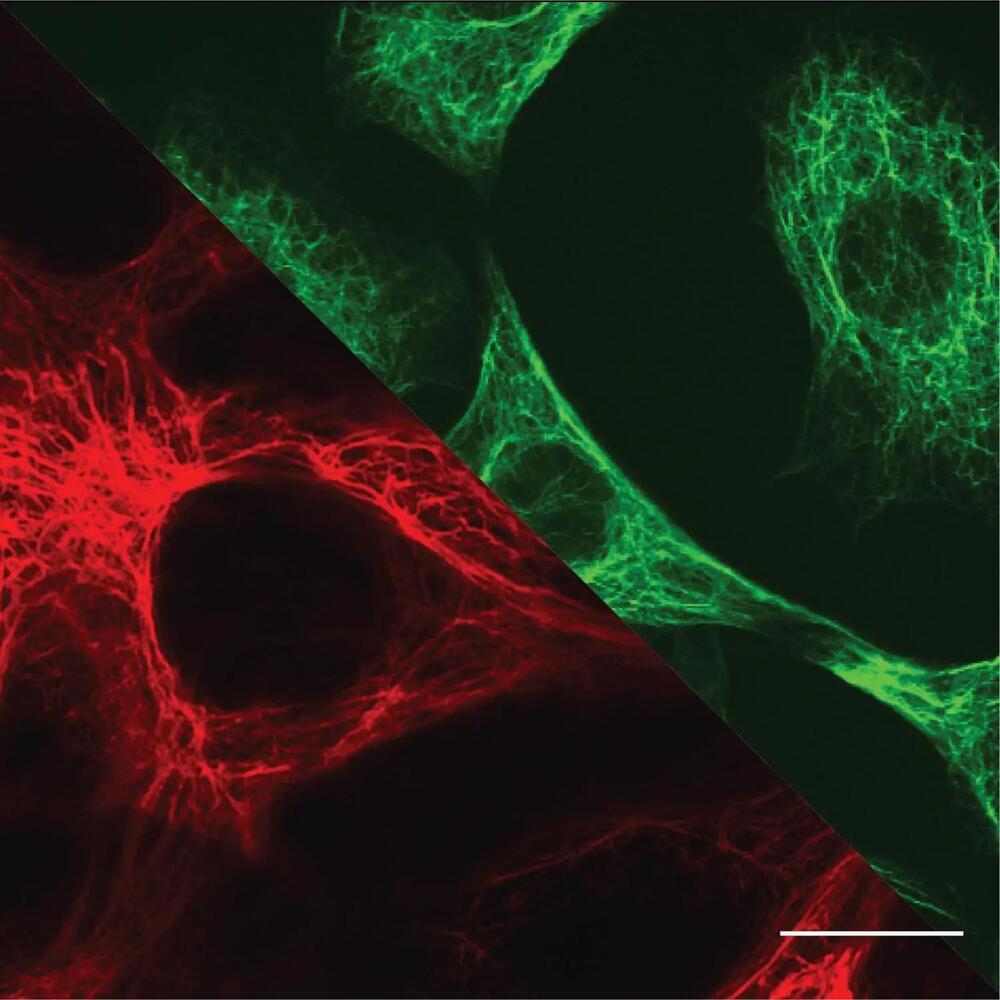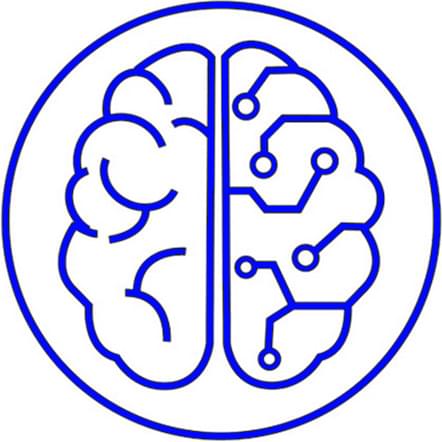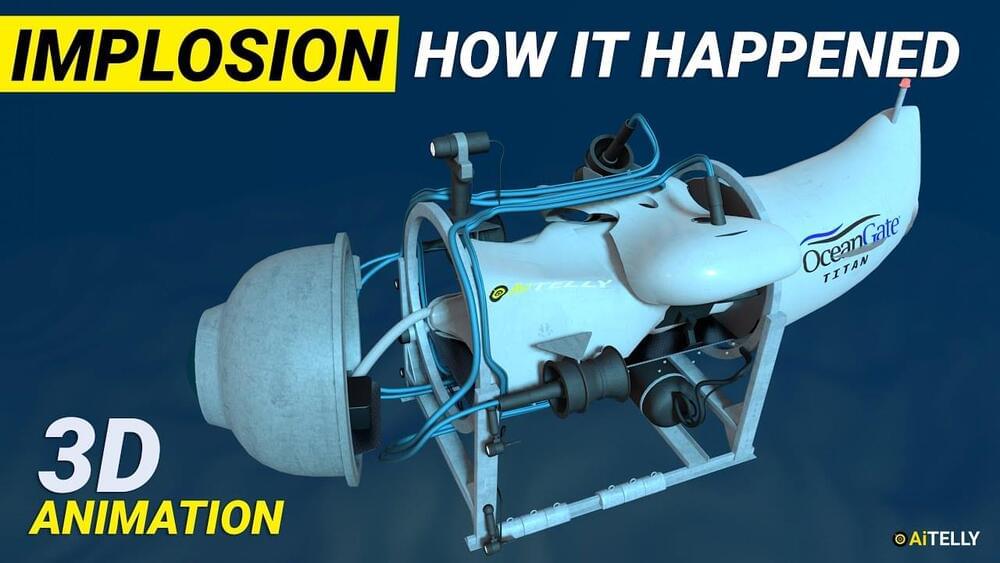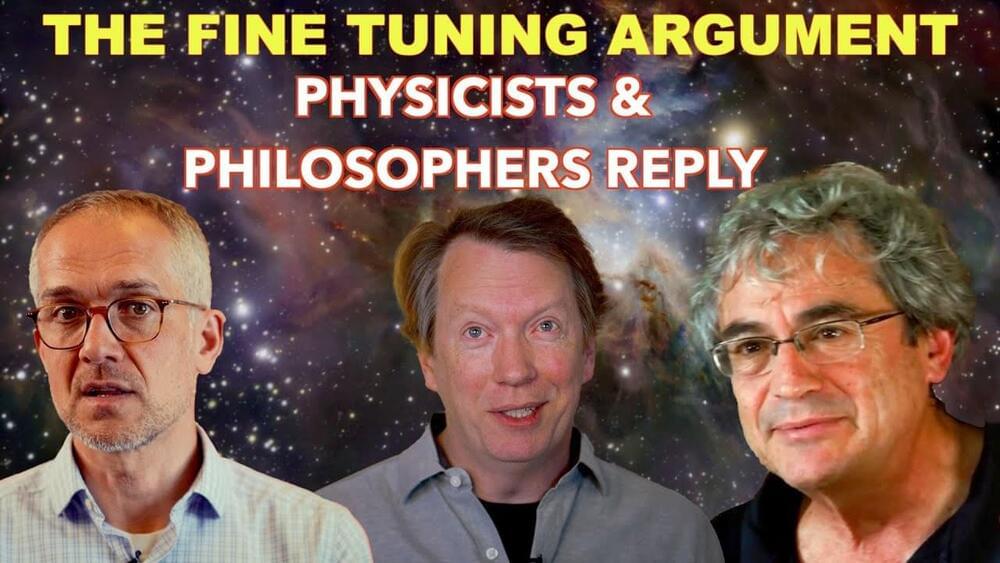A team of scientists led by researchers from the University of Leicester have discovered that the genes required for learning, memory, aggression and other complex behaviors originated around 650 million years ago.
The findings led by Dr. Roberto Feuda, from the Neurogenetic group in the Department of Genetics and Genome Biology and other colleagues from the University of Leicester and the University of Fribourg (Switzerland), have now been published in Nature Communications.
Dr. Feuda said, “We’ve known for a long time that monoamines like serotonin, dopamine and adrenaline act as neuromodulators in the nervous system, playing a role in complex behavior and functions like learning and memory, as well as processes such as sleep and feeding.”
